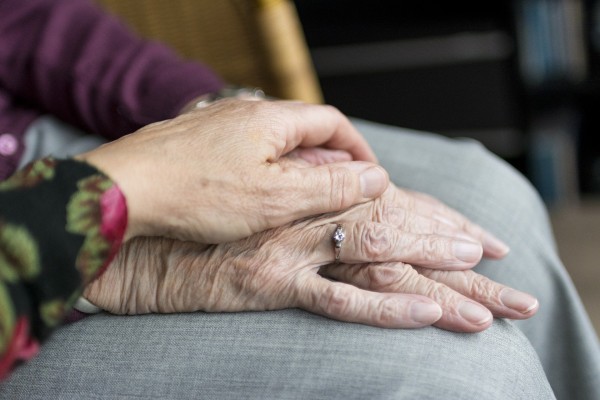Providing equity of access for assisted dying without equity of access to palliative care is to completely undermine the goals of the End of Life Choice Act. The choice is distorted towards aid in dying and away from palliative care. In this blog I will describe the detail in the Gazette Notice documenting the funding mechanism for provision of services under the Act. I will argue that the focus in this policy on equity is misplaced and that the effect of not allowing practitioners to charge a co-payment will significantly undermine provision of aid in dying.
In a blog last year (Gray, 2020) I argued that it is very likely, based on experience from Oregon USA, that assisted dying would be predominantly taken up by a small number of mostly educated white people. The recently announced funding mechanism (New Zealand Government, 2021) had as its objective:
The objective of the Crown providing funding for health practitioners to deliver assisted dying services is to support equity of access to assisted dying services for eligible persons.
A consequence of this objective is that:
CA1 Entitlement to Make a Claim
b. the health practitioner must not:
i. be providing the assisted dying services in their capacity as an employee of a District Health Board;
ii. be entitled to have the claim satisfied (whether directly or indirectly) under any other arrangement with the Ministry, a District Health Board, or any other government agency1;
iii. charge the person receiving assisted dying services a co-payment for those assisted dying services; or
iv. demand, claim, or accept any fee, gratuity, commission, or benefit from any person other than the Ministry in connection with the provision of assisted dying services.
This means that assisted dying is different from the vast majority of other services provided in General Practice and Specialist Private Practice in that it is fully-funded by Government. There are only a few services that are fully funded in this way for all New Zealanders. The main ones are maternity services, vaccination services and care for under 14’s.
There are two important issues that follow from this decision.
- Why have we given this fully-funded priority to End of Life Choice, when we do not fully fund many other services, particularly palliative care.
- The level of funding becomes critical to the implementation of the Act. If the funding does not cover the cost of provision of these services then very few will offer to provide these services, as has already been commented on (Johnston, 2021).
To fully fund Assisted Dying and not fully fund palliative care makes a mockery of the title of the Act. This is a horribly distorted “choice” between fully-funded assisted dying and severely underfunded palliative care.
To respond to the calls to increase the funding would be even worse in the absence of addressing the underfunding of palliative care.
As discussed in the previous blog, the referendum and subsequent passing of the bill was about making assisted dying legal. That has been achieved. From 7 November 2021 it will be legal to provide assisted dying within the terms of the Act. There was nothing in the referendum, or discussion in the build up to passing either the Bill or the Act that addressed whether this should be fully-funded. The effect of this decision on funding remains to be seen but is very likely to significantly limit the already limited numbers of doctors in primary care willing to provide aid in dying. This will leave the hospitals facing demand for assisted dying at a time when their services are already very stretched. Also, with the possibility that we can no longer eliminate Covid-19 (at least in some areas of NZ), these hospitals are likely to become even more stretched. Do we want our hospitals to prioritise assisted dying over cancer treatment, elective surgery for arthritis, or endometriosis?
I remain of the view that the best way forward for now is for assisted dying to be available as nearly all other community services, partially-funded under the existing capitation payments, with a part charge to reflect the cost of providing the service. This will fulfil the obligation to legalise aid in dying without further increasing inequity of health funding and increasing demand on stretched public hospital services. The need to fully fund palliative care remains.
*Author details: Dr Ben Gray is an Associate Professor with the Department of Primary Health Care & General Practice, University of Otago Wellington. Email: ben.gray@otago.ac.nz
References
Gray, B. (2020). Is euthanasia a health priority for New Zealand at present. Public Health Expert. Retrieved from https://blogs.otago.ac.nz/pubhealthexpert/is-euthanasia-a-health-priority-for-new-zealand-at-present/
Johnston, M. (2021, 8/10/21). Assisted dying fees published but medical groups say rates are too low. New Zealand Doctor. Retrieved from https://www.nzdoctor.co.nz/article/news/assisted-dying-fees-published-medical-groups-say-rates-are-too-low?mc_cid=0041b37087&mc_eid=b04cc71182
New Zealand Government. (2021). Assisted Dying Services Notice 2021. Wellington New Zealand Retrieved from https://gazette.govt.nz/notice/id/2021-go4217

